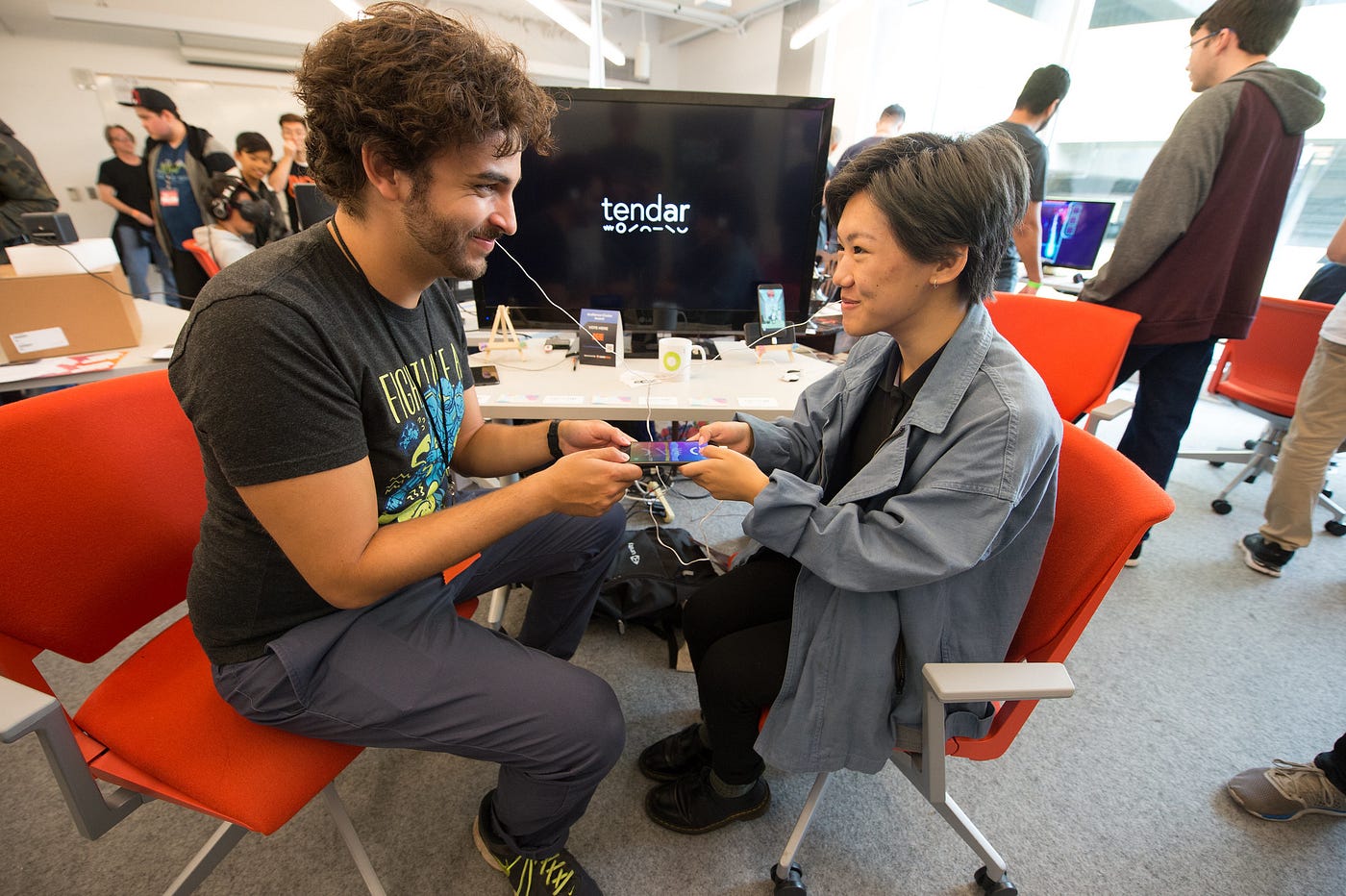
You may be already familiar with IndieCade, the international juried festival of interactive experiences. Well, now the “Sundance of video games” is calling all immersive creators to participate in this year’s festival! IndieCade has reconfigured its awards to further embrace immersive and site-specific experiences and performances; there are several new awards including ones based upon location-based design, performance, adaptation, and more. (You may also remember Capital W winning a game design award for Hamlet-Mobile at IndieCade 2016.)
We spoke to Celia Pearce, Stephanie Barish, Sam Roberts, and Erin Shaver over at IndieCade to learn more about these new awards and why they’re reaching out to creators in the immersive space.
No Proscenium: Can you tell us a little bit about yourselves and what you do at IndieCade?
Celia Pearce (CP): I’m one of the founders of IndieCade and the Festival Chair. And over the years I have been involved in developing the jury system, curation, conference organizing, and inclusiveness.
Stephanie Barish (SB): I’m the CEO and original founder of IndieCade. I oversee the overall vision and the creation of our various events, festivals and partnerships.
Sam Roberts (SR): I am a co-founder of the festival, primary overseer of content, and Festival Director. I established IndieCade’s early jury systems while setting strategic content goals and mission direction/actualization in an ongoing basis.
Erin Shaver (ES): I’m the Director of Operations. I over see all logistical and managerial efforts: staff, goals, and tasks year-round, producing IndieCade @ E3 and providing direction and oversight for all other events and activations.

NP: For those who may not be familiar, what is IndieCade? What are the Spotlight Awards?
CP: In 2009, our second year, the Los Angeles Times called IndieCade the “Sundance of the video game industry.” Over the past decade we have become an integral part of a vibrant indie game ecosystem, which includes not only digital and board games, but emerging new platforms, such as mobile, VR and AR, and new genres, such as escape rooms and immersive theatre. We value innovation and originality above all else, and so are always on the lookout for what’s new in terms of playable experiences.
The last couple of years we’ve noticed a steady growth in what I am calling the “beyond screens” movement, and we felt it was really important to stay up-to-date in terms of the kind of work we want to celebrate, as well as acknowledging some disciplines that tend to be sidelined.
ES: This year, IndieCade is introducing Spotlight Awards to highlight some important areas of design and collaboration in the art of game development that are not always as visible to the general public. For example, the performance of voice artists, Mo-Cap artists, or live-action video and live performance from actors in games is an area worth of special recognition. Games that effectively utilize adaptation of another piece of art or real world system will be considered for the spotlight award. Games such as escape rooms, immersive theatrical experiences that engage audiences, and/or other types of installation games will be considered for our location-based and experience design awards.
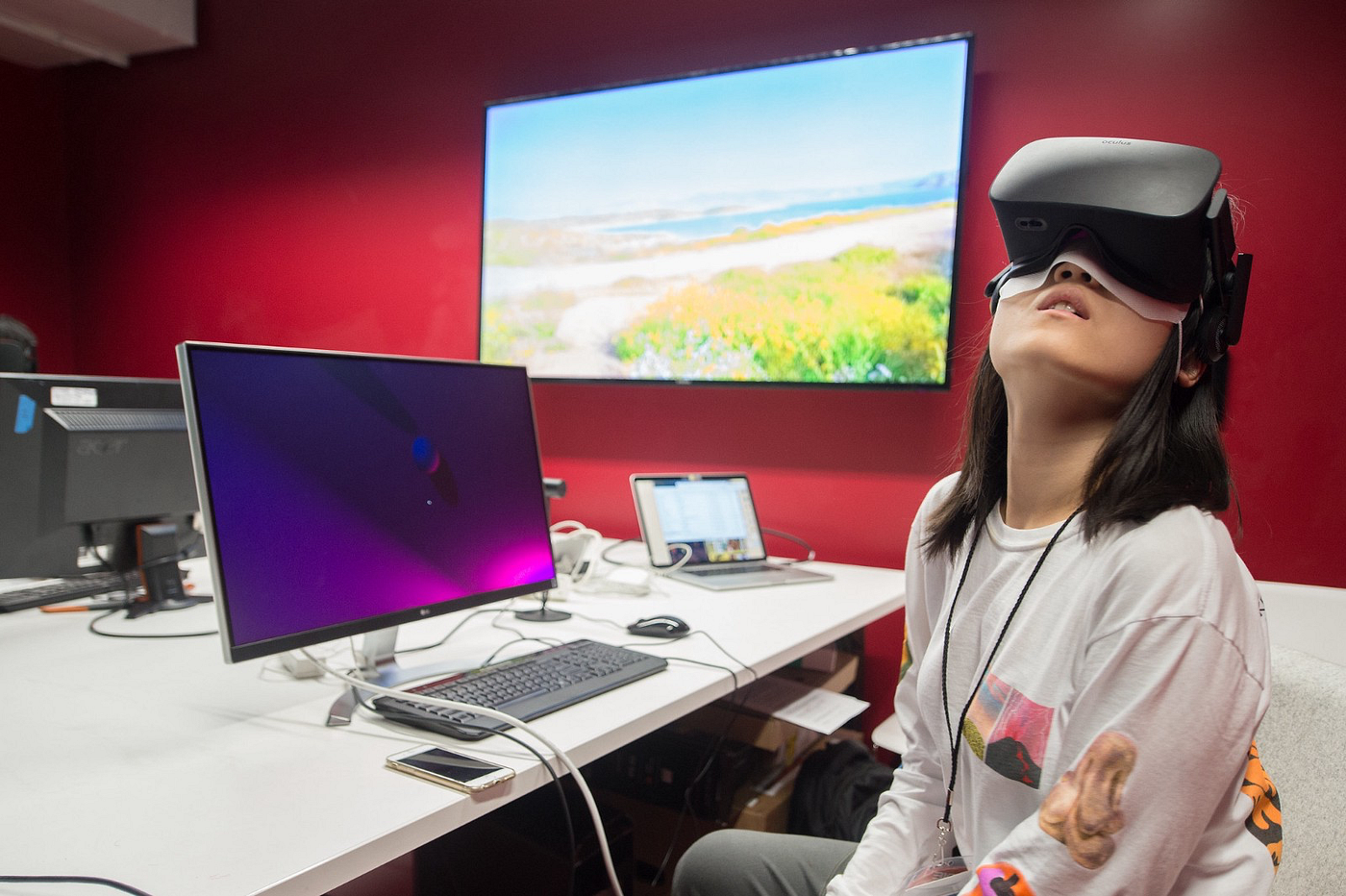
NP: What are the new categories for the Spotlight Awards and how did they come about?
SR: This year our Spotlight Award Categories are awards celebrating the crafts of Performance, Music, Worldbuilding, and Procedural Generation; the approaches of Competitive, Cooperative, Social-Impact, and Adaptation; and the mediums of Location-Based and Tabletop. We have for years maintained lists of artists, games, game-makers, and more who we wanted to see at the festival. This year and each year, we will choose Spotlight awards that highlight what we see as underrecognized, important, and innovative parts of the field of play.
CP: As we’ve grown over the years we think it’s really important to stay current. For instance, when we started, iOS didn’t exist, and now it’s a major component of independent gamemaking. We have been on-board with VR from the onset, with our Oculus partnership dating back to the pre-Facebook acquisition days. So it’s important to regularly reassess and reinvent ourselves in order to place innovation at the forefront of what we celebrate.
Get Kathryn Yu’s stories in your inbox
Join Medium for free to get updates from this writer.
SubscribeSubscribe
NP: Why do you think now is a good time to encourage more creators in immersive, location based and non screen-based experiences to come to IndieCade? What’s changed about the game space in the last few years?
ES: Games are evolving and we are seeing integration of game design and development with different disciplines in art. Interactive is an ever evolving space, and IndieCade sees it as an important part of its mission to evolve our definition of game and recognition of the work that goes into games accordingly.
One example would be escape rooms or immersive theatre, where the audience member in effect “plays along” with the actors or the space. It creates a game of sorts, a highly effective interactive experience, and therefore is something that IndieCade encourages.
CP: For the past couple of years, we’ve really seen a spike in this type of submission in the form of live games, including live action roleplaying, big games, and other sorts of full-scale experiences, as well as increasingly seeing immersive experiences like escape rooms, installations and physical puzzles.

ES: An important turning point in this trend was in 2016, when Capital W’s Hamlet-Mobile won the Best Game Design Award. Hamlet-Mobile is a fully immersive one-on-one experience where an audience encounters and interacts with a character from the play Hamlet in a fully decked out, highly designed van (which is the set). It is a truly unique experience that requires more than the passive participation of audience during a traditional theatre experience. The audience member is “playing” along, and the experience is, in this sense, a game.
IndieCade is open to and encourages this new kind of experience when it comes to what creators out there feel they can submit to IndieCade. We celebrate a wide variety of work!
NP: What’s the most exciting thing about these new award categories?
CP: One of our goals since the beginning was to continually redefine and expand the meaning of play and games. We wanted to celebrate creators who were going out on a limb, taking risks, pushing the envelope, cutting the edge, so to speak. For too long, games were not taken seriously as a cultural form, as a mode of expression. I mean, it wasn’t until 2013 that games in the US were even protected by free speech. So now we see video and board games as a major cultural force, and we see play and game elements merging with other forms artistic expression and entertainment. To us, it’s really where these boundaries begin to blur that the most interesting things are happening.
SR: We have the opportunity to share innovative and cutting edge work in adjacent fields — work that game-makers might not be exposed to — and in reverse to share games and the study of play with artists in other fields experimenting with interactivity. This is a driving goal of IndieCade, and a driving force for innovation in interactive media and play, and these spotlight awards literally allow us to spotlight fields, artists, creators, and crafts we believe could add to our community.
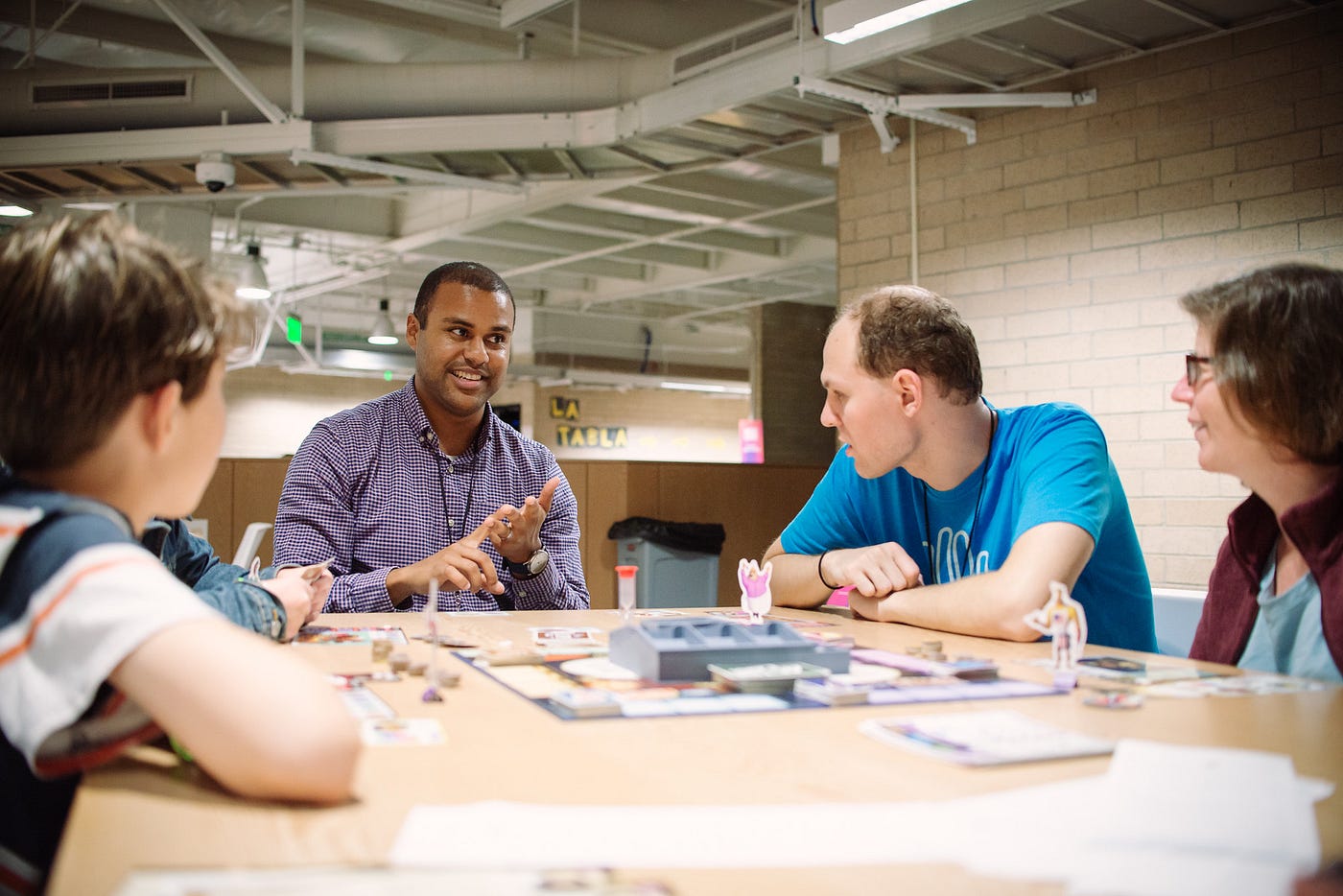
NP: Any advice for someone who might be on the fence — for any creators thinking “I’m not good enough” and are absolutely wrong about that?
CP: There quite a few misconceptions on what constitutes an IndieCade-worthy game. “I’m not good enough is one of them.” But many creators disqualify themselves for other reasons aside from perceived quality. One of the most common of these is “my game is too hard to jury.” We’re very committed to figuring out a way to jury every game that gets submitted to us. We’ve sent people to museums in France, to parks in New York, to the one studio in a small Australian city that had a Nintnedo DS devkit. I tell people that if you have a site-specific performance that only takes place for one day on the moon, we’ll figure out a way to jury it!
Another is “well it’s not really a game.” We use a very broad definition of the word game to mean experiences with meaningful interactivity. Nowhere on the Hamlet-Mobile web site is it described as a game, and yet, it won a game design award. We construe “game” in the broadest possible sense, precisely because part of innovation is redefining the term, playing with the definition itself.
Finally, we often hear, “well my project is not really an IndieCade game.” My response is, “We’ll be the judge of that!” No game is an IndieCade game until it gets into IndieCade. The only way to know for sure is to submit!
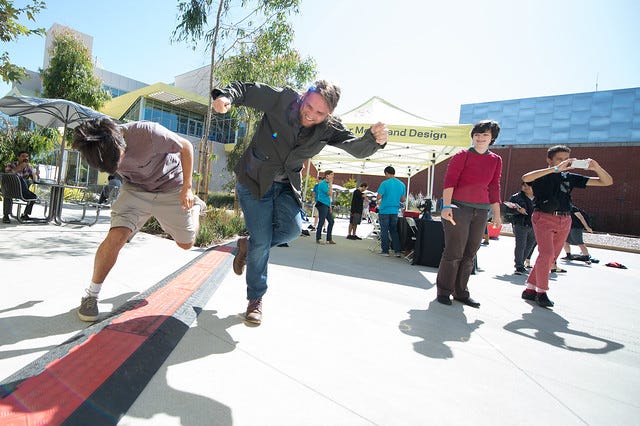
This year’s IndieCade submissions are open through April 25. Find out more on their site.
NoPro is a labor of love made possible by our generous Patreon backers. Join them today!
In addition to the No Proscenium web site, our podcast, and our newsletters, you can find NoPro on Twitter, Facebook, YouTube, Instagram, in the Facebook community Everything Immersive, and on our Slack forum.
Office facilities provided by Thymele Arts, in Los Angeles, CA.








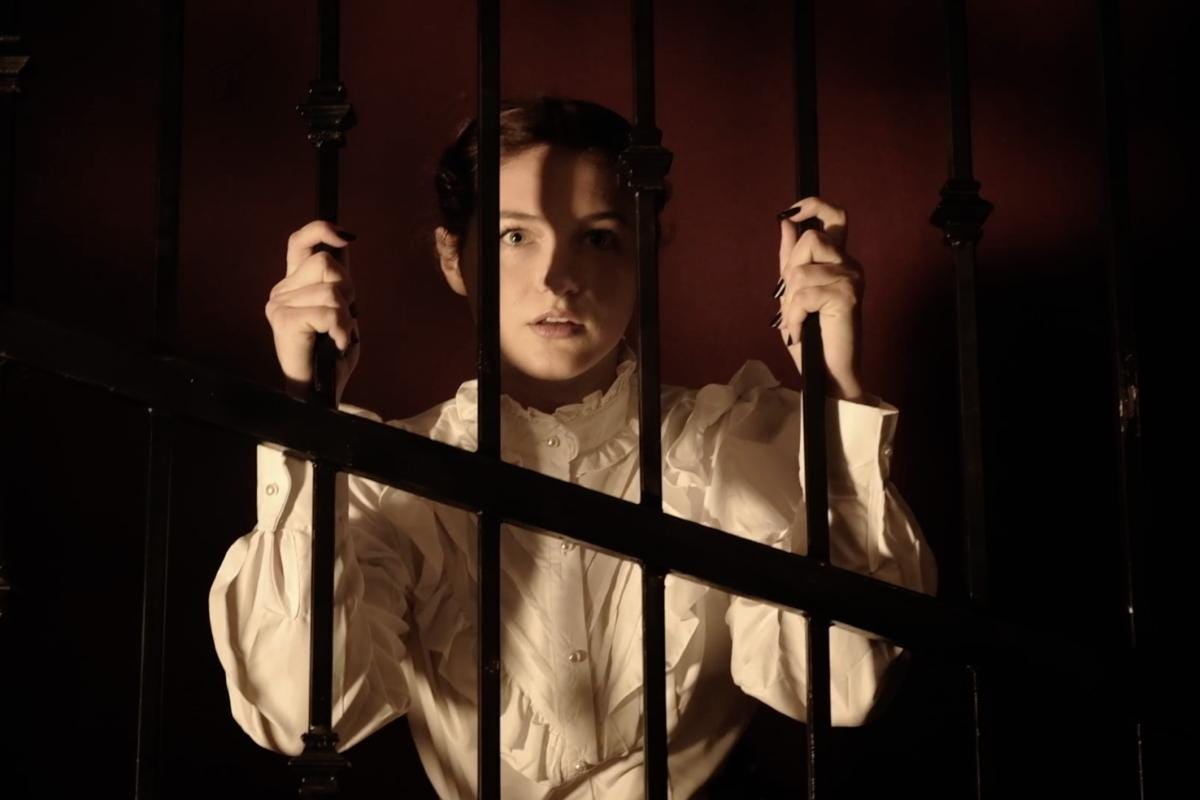





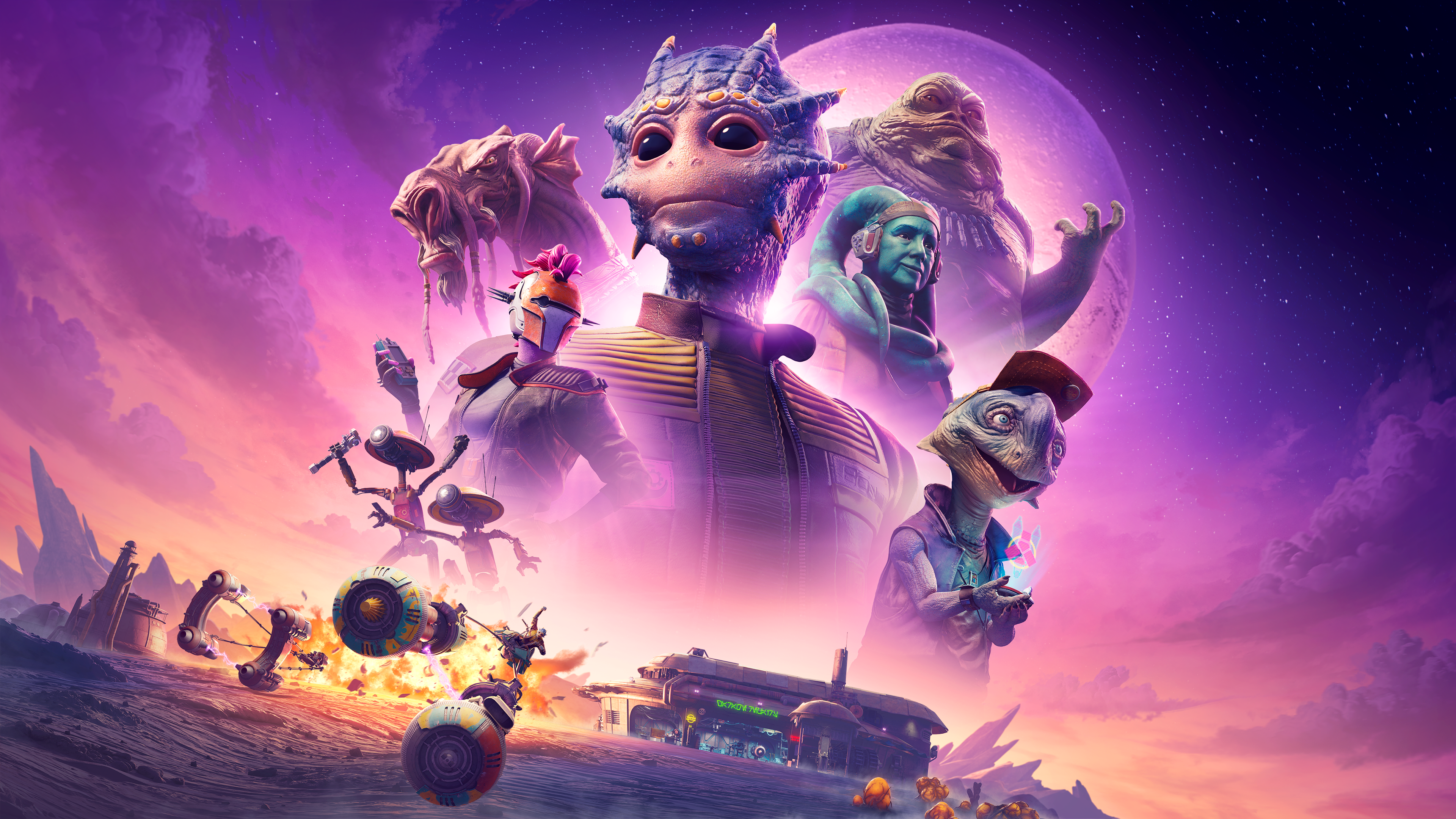
Discussion